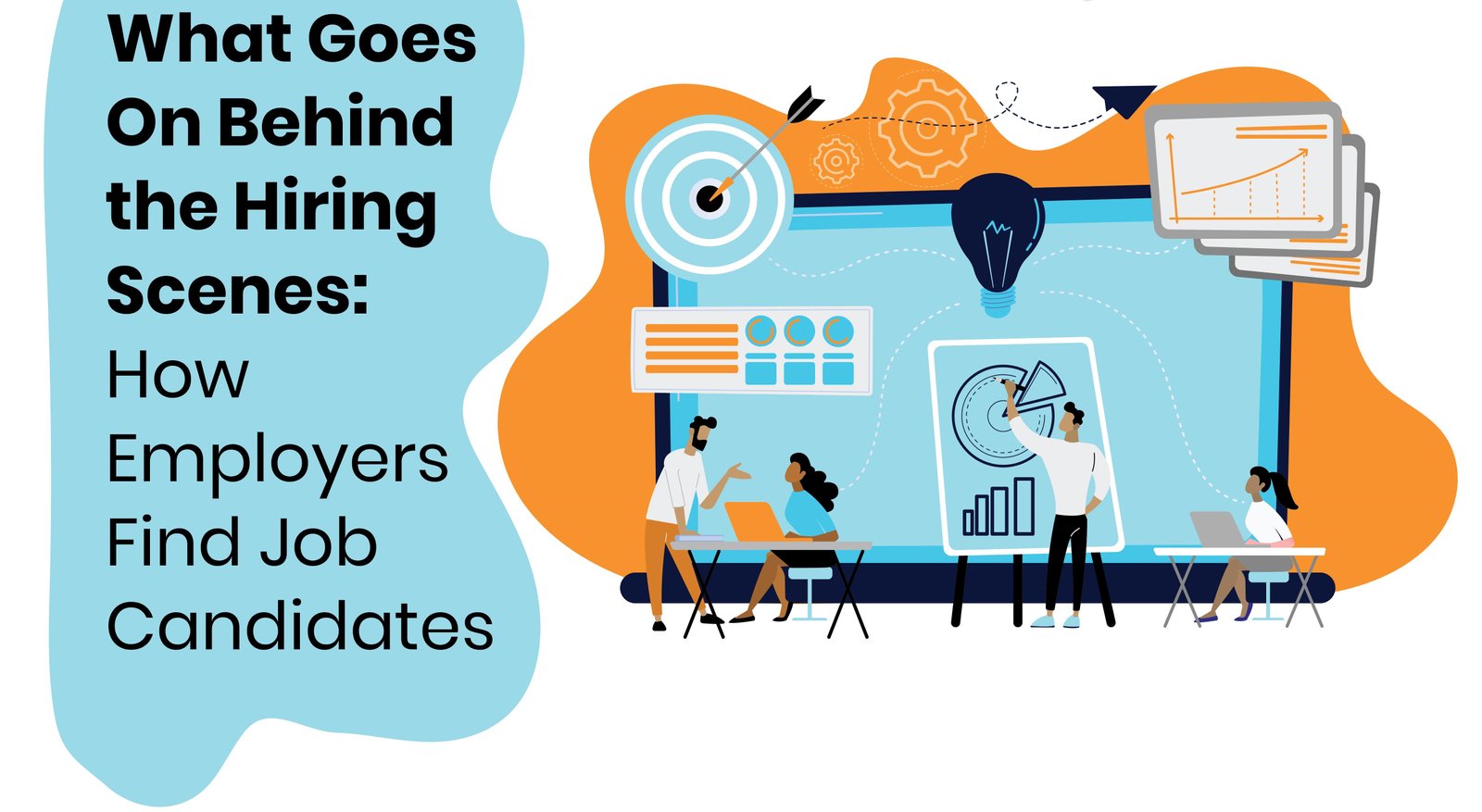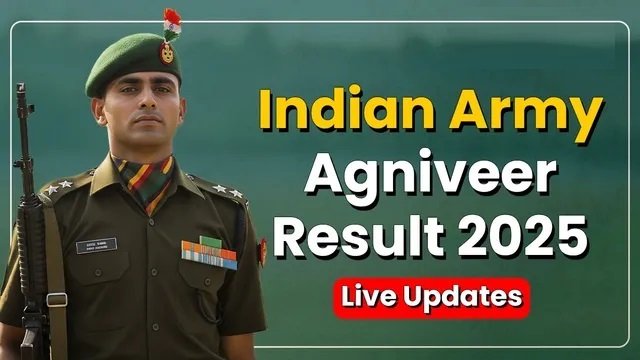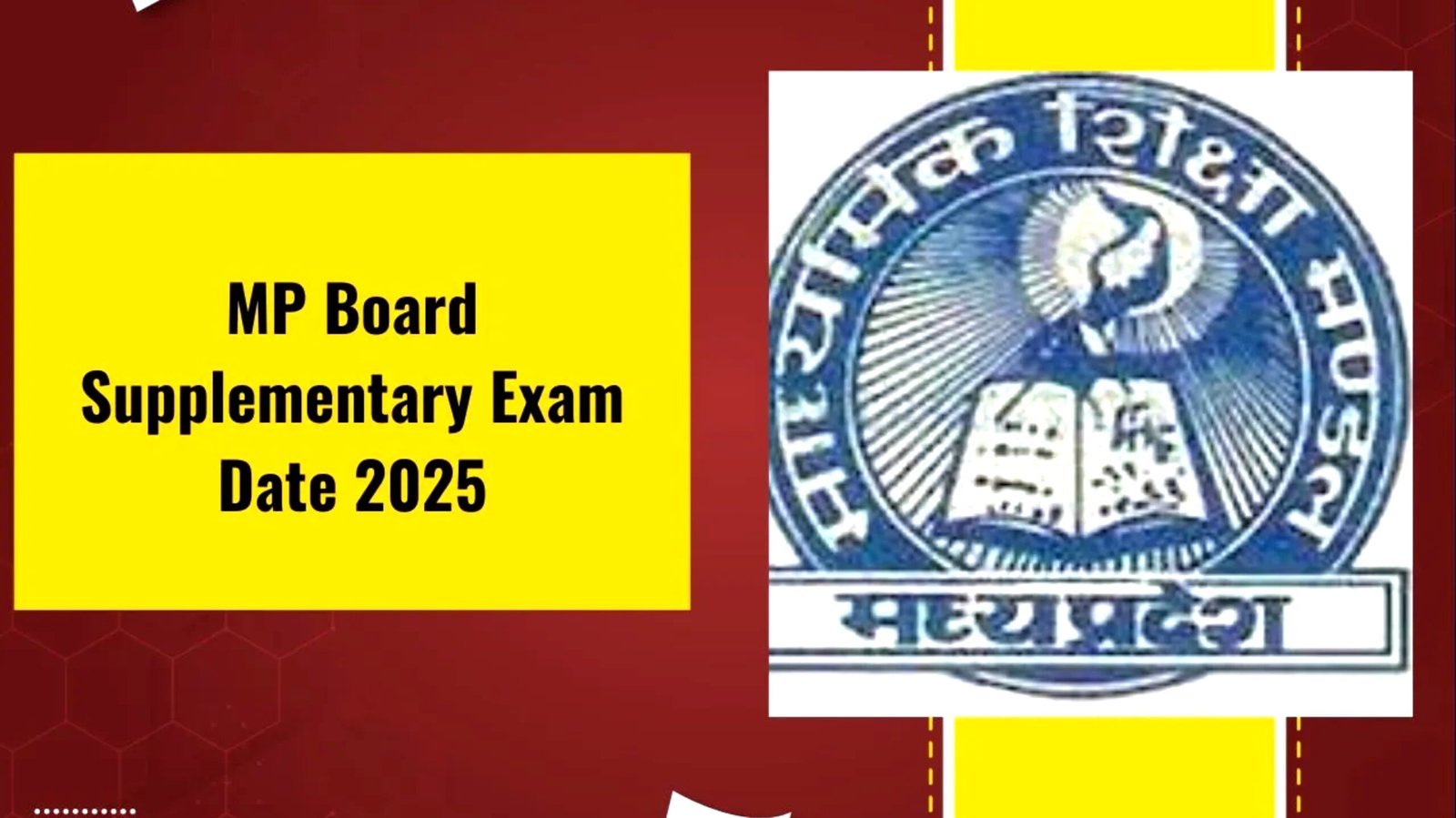
Behind the Scenes: How Recruiters Select Candidates for Shortlisting
There's a Systematic (and Usually Multistep) Recruitment Process Behind Each Job Posting
Applied for a post and never heard again? Don't worry, you're not the only one. Behind every job advert is a streamlined (often multi-stage) recruitment process, where recruiters review hundreds—occasionally thousands—of CVs in an attempt to whittle it down to a shortlist of a mere handful of the most suitable candidates. How do they decide who gets the shortlist? What can you do so that your application is rejected or shortlisted with an instant decision?
Here in this blog, we're pulling the lid on how recruiters really shortlist candidates — step by step — and how you can find yourself on that enticing shortlist.
Step-by-Step: The Recruiter's Shortlisting Process
1. Knowing the Role and Perfect Candidate
Before the shortlisting even begins, the recruiter works with the hiring manager to:
Define the job role and key responsibilities.
Define requirements versus desired qualifications.
Choose years of experience, education level, and required skills.
This job description (JD) is their screening tool.
Pro Tip: Make your resume look as identical as possible to the JD. Use identical words and keywords wherever possible.
2. Resume Screening – The First Cut
This often is the harshest step. Recruiters accomplish 6–10 seconds' worth of initial-pass resume screening.
They look for:
Relevant experience (industry, job title match)
Technical or domain-related capabilities
Education & certifications
Resume format (clean, professional presentation)
They also employ Applicant Tracking Systems (ATS) that offer algorithmic keyword-based scores to resumes.
Resume format generic resumes, typos, and out-of-field experience are automatically rejected.
Tip: Use keywords from the JD. Tools like Jobscan or Resumeworded can be employed to scan-resumes ATS.
3. Phone Screening – The First Human Touch
If your resume clears screening, the recruiter may set up a brief screening call (10–15 minutes). This checks for:
Communication skills
Expected salary
Notice period
Motivation and cultural fit
They may even verify facts from your resume.
Pro Tip: Show up prepared with a sharp 60-second overview of your background and what you are looking for.
4. Scoring and Evaluation
Most organizations today use candidate scorecards for fairness. Recruiters note down defined parameters such as:
Relevant experience (score out of 10)
Skill match (score out of 10)
Interview performance
Behavioral traits (teamwork, leadership, etc.)
Those with the highest score but lowest overall score proceed to the next stage — very likely a technical or managerial interview.
5. Culture and Values Fit
Apart from hard skills, businesses want people who embody the same company culture and values. This is either tested:
During interviews (with behavioral questions),
Or from former companies, after school, or the tone you present yourself.
Example: An energetic start-up company wouldn't want a candidate with stodgy sole government job experience.
Pro Tip: Learn about the company's mission, values, and culture. Reflecting their own words in your responses subtly.
6. Reference Checks (Pre-Offer)
Sometimes, before sending an offer, recruiters contact past employers or colleagues (if you've provided references). They verify:
-
Work ethic
-
Reliability
-
Past performance
Pro Tip: Maintain strong relationships with former managers/colleagues who can vouch for you.
7. Offer Stage
Once all evaluations are complete, only 1–3 candidates make it to the offer stage. The recruiter discusses:
-
Final salary & benefits
-
Role expectations
-
Onboarding timelines
And yes, even here, negotiation is possible.
Common Mistakes That Lead to Rejection
-
Applying with a generic resume
-
Not meeting minimum criteria (e.g., wrong experience)
-
Too many job hops (without explanation)
-
Spelling/grammar errors in resume
-
Poor communication during screening
-
Unrealistic salary expectations
How You Can Improve Your Chances of Getting Shortlisted
-
Customize your resume for every job you apply to.
-
Use action verbs and quantify your achievements.
-
Keep your LinkedIn profile updated — recruiters often cross-check.
-
Follow up politely if you haven’t heard back in 7–10 days.
-
Always be honest — inconsistencies can backfire during verification.
What Recruiters Say: Real Insights
We spoke to recruiters from MNCs and startups. Here’s what they shared:
????️ “Most candidates fail to make it to the shortlist because they send the same resume everywhere.” – Tech Recruiter, Bengaluru
????️ “We love seeing candidates who’ve researched our company and ask intelligent questions during the call.” – HR Executive, Gurugram
????️ “Even a brilliant resume won’t help if the candidate can’t articulate their story well in a 10-min call.” – Senior Recruiter, Pune
Summary Table
| Stage | What Recruiters Check |
|---|---|
| Resume Screening | Skills, experience, formatting, keywords |
| Phone Screening | Communication, fit, salary, notice period |
| Evaluation | Scorecards based on JD alignment |
| Culture Fit | Personality, motivation, adaptability |
| References | Past performance verification |
FAQs
1. How many resumes does a recruiter receive for one role?
On average, 200–300 resumes are received per open role. Out of these, only 15–20 are shortlisted for interviews.
2. Do recruiters actually read cover letters?
In most cases, no — unless it's a senior role or the job specifically asks for it. A well-written cover letter may help if it tells a compelling story beyond the resume.
3. What is the role of ATS in shortlisting?
ATS (Applicant Tracking System) filters resumes based on keywords, job titles, and format. If your resume isn’t ATS-optimized, it may never even reach a human.
4. Do LinkedIn profiles matter in shortlisting?
Absolutely. Recruiters cross-check your resume with your LinkedIn profile. A half-baked or outdated profile may raise red flags.
5. Can I ask a recruiter why I wasn’t shortlisted?
You can, respectfully. However, due to volume, most recruiters don’t offer individual feedback unless you’ve reached an advanced stage of the process.
CONCLUSION
Getting shortlisted isn't about luck — it's about strategic positioning. If you learn to speak the recruiter's language, structure your application well, and show genuine alignment with the role, your chances increase dramatically.
Remember, the goal is not to apply to 100 jobs. The goal is to get shortlisted for the 5 jobs that are truly right for you.



